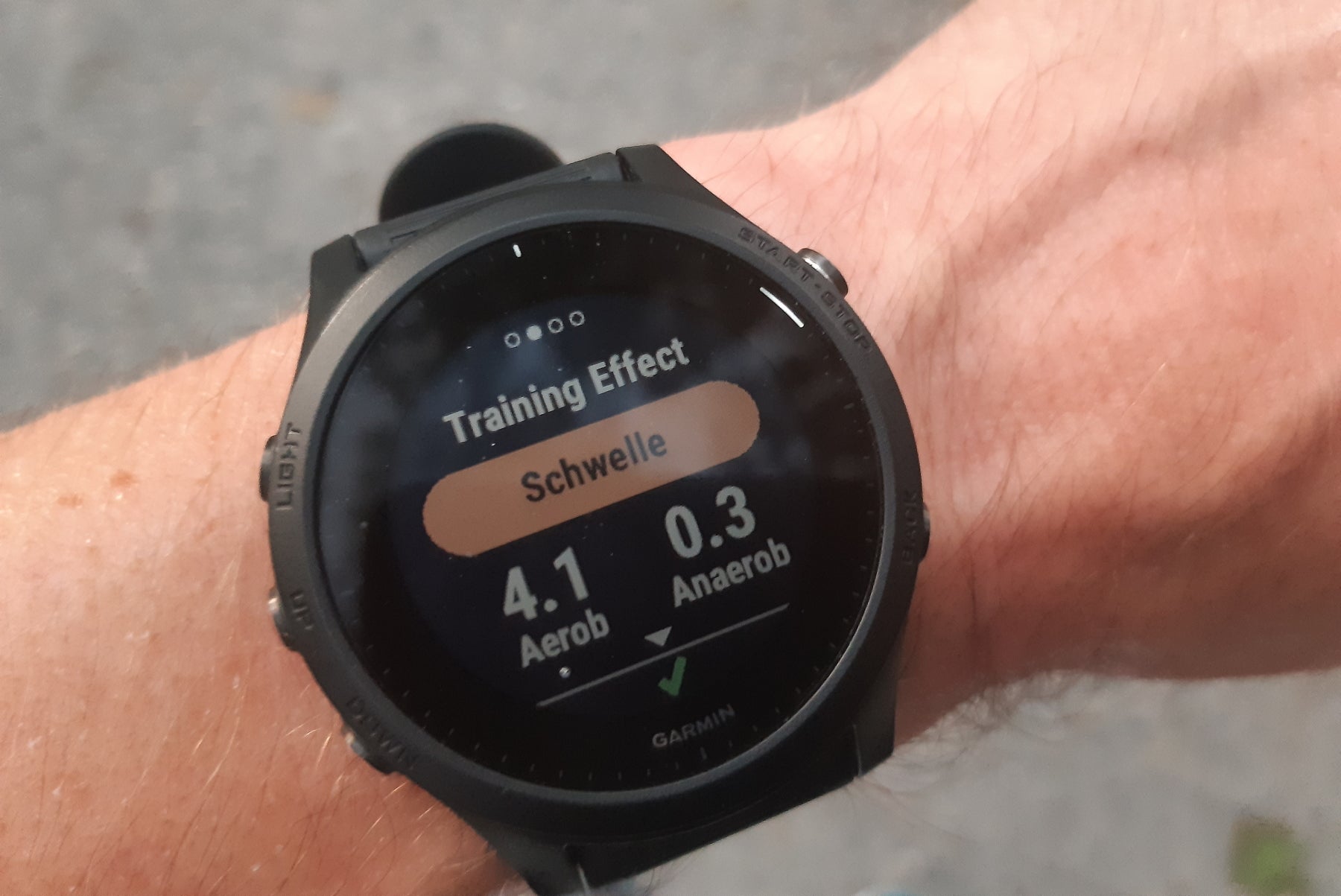HIT (High Intensity Training) und LIT (Low Intensity Training) sind die neuen Schlagworte im Ausdauertraining. Eine Vielzahl von Studien belegen, dass niedrigintensives Grundlagentraining gepaart mit (hoch)intensiven Trainingselementen eine der effektivsten Methoden für den Formaufbau darstellen. Der Schlüssel dieser polarisierten Methodik ist, auf „leere Kilometer“ im mittleren Intensitätsbereich zu verzichten.
Das 80/20 Prinzip
Der dem HIT und LIT Training zugrunde liegende Trainingsansatz ist nicht neu – im Gegenteil: im Spitzen- und Profibereich wird seit vielen Jahren konsequent danach trainiert. Dieser sogenannte bipolare Trainingsansatz ist eng mit dem 80/20 Prinzip verknüpft. 80% des Trainingsumfangs werden im Grundlagenbereich (LIT) absolviert, 20% im Entwicklungs- und Spitzenbereich (HIT). Die dazwischen liegenden Trainingsbereiche werden dabei fast ausgeblendet, erst in der unmittelbaren Wettkampfvorbereitung nimmt dann gezieltes Schwellentraining einen größeren Stellenwert ein.
Low-Intensity-Training
Beim Low-Intensity-Training werden Trainingseinheiten bei niedrig bis moderater Intensität absolviert. Hierbei liegt der Schwerpunkt vor allem auf dem aeroben Energiestoffwechsel, der Bewegungsökonomie und der Langzeitausdauerfähigkeit. Die aerobe Ausdauerkapazität ist die wesentliche Grundvoraussetzung bei allen Triathlondistanzen. Selbst beim Sprinttriathlon beträgt der Anteil aerober Energiegewinnung 90%, auf der Langstrecke sogar 99%. Das bedeutet für die Trainingsgestaltung, dass LIT-Trainingseinheiten nicht kürzer als 50-60 Minuten sein sollten, da sich die entsprechenden Stoffwechselprozesse ab dieser Dauer erst so richtig entfalten. Entsprechend ist die Dauermethode die wichtigste Trainingsform im Low Intensity Training.
Beispiele für LIT-Einheiten:
- lange Radausfahrten (2 - 6h)
- Long Run > 1:30h
- Nüchterntraining 45-90 min
Lockere Gruppenausfahrt in der Grundlagenphase, Foto: triathlon.de
Kurze Ortschildsprints auf dem Rad oder Steigerungsläufe beim Dauerlauf können den dauerhaft monotonen Bewegungsablauf auflockern und gern in die Trainingseinheiten eingestreut werden. Wichtig ist jedoch, den Großteil der Belastungsintensität im GA1 Bereich zu halten.
Genau hier liegt jedoch der große Fehler, den viele Hobbyathleten im täglichen Training machen: zu viel Trainingszeit in den mittleren Intensitätsbereichen (GA2, Schwellenbereich). Das heißt konkret: zu schnell für Grundlagentraining, aber zu langsam für den Entwicklungsbereich. Man fühlt sich bei diesen oftmals gleichförmigen Trainingseinheiten zwar angestrengt (meistens wird auch versucht eine bestimmte Geschwindigkeit/Schnitt zu halten), doch der Trainingseffekt ist dabei deutlich geringer und stagniert irgendwann.
High-Intensity-Training
Hier geht es darum, Leistung und Geschwindigkeit durch gezielte Intensitätsspitzen zu entwickeln. Die physiologische Anpassungsprozesse auf diese intensiven Trainingsreize sind vor allem auf die Verbesserung der VO2max ausgerichtet - also einem Schlüsselaspekt eurer Ausdauerleistungsfähigkeit (je besser die VO2max, umso länger könnt ihr ein hohes Leitungsniveau aufrecht halten). Aufgrund der überschwelligen Belastungsstruktur im HIT werden zusätzlich Effekte im Rahmen der Laktatpufferung und der Bewegungsmotorik erreicht. Für die optimale Gestaltung dieser intensiven Belastungsreize ist das Intervall-/ Tempowechseltraining die beste Trainingsform. Bei der Ausgestaltung des Trainings wird dabei die Intensität der Intervalle noch einmal in zwei Kategorien unterteilt: leicht überschwellige und stark überschwellige Intervalle. Erstere haben eine Dauer von 3 - 8 Minuten und liegen in einem moderat überschwelligen Intensitätsbereich (Grundsatz: je kürzer, umso schneller). Klassisches Beispiel sind hier die 1.000m Intervalle beim Laufen.
Intervalltraining auf der Bahn, Foto: unsplash / Hannah Coleman
Deutlich schneller, aber auch deutlich kürzer sollten die hochintensiven (stark überschwelligen) Intervalle konzipiert werden. Sie unterliegen hoher Anstrengung nahe der maximalen Leistungsgrenze (ca. 95% VO2max) und sind in der Regel zwischen 30 sek - 2 min lang. Hierfür sind 200m oder 400m Intervalle beim Lauftraining auf der Bahn ein schönes Beispiel. Als Faustformel für die Intervallpause kann man ca. die Hälfte der Belastungszeit veranschlagen.
Wichtig für das HIT: Intervalltraining sollte vorsichtig in den Trainingsplan integriert werden. "Viel hilft viel" ist hierbei genau der falsche Ansatz, da der Bewegungsapparat einer hohen Beanspruchung ausgesetzt wird und die Gefahr der Überlastung droht. Vor allem durch das Grundlagentraining wird die Voraussetzung dafür geschaffen, dass sich Knochen, Muskeln, Sehnen und Bändern auf zunehmende Belastung einstellen können.
Unser Fazit
Der polarisierte Ansatz von HIT und LIT greift viele, bereits lange bestehende Prinzipien der Trainingswissenschaft auf: Trainingswirksamkeit, Variation des Trainings, progressive Belastungssteigerung. Durch die richtige Ausgestaltung der Trainingseinheiten werden vor allem diejenigen Belastungsreize stark reduziert, die langfristig nur über einen überschaubaren Leistungsgewinn verfügen, die aber im Breitensport am häufigsten verbreitet sind ("Hauptsache den Schnitt halten").




















